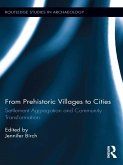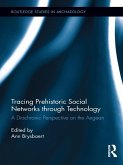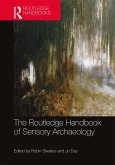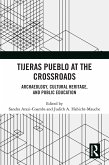While there have been a number of studies that address coalescence from a regional perspective, less is understood about how aggregated communities functioned internally. The key premise explored in this volume is that large-scale, long-term cultural transformations were ultimately enacted in the context of daily practices, interactions, and what might be otherwise considered the mundane aspects of everyday life. How did these processes play out "on the ground" in diverse and historically contingent settings? What are the strategies and mechanisms that people adopt in order to facilitate living in larger social formations? What changes in social relations occur when people come together? This volume employs a broadly cross-cultural approach to interrogating these questions, employing case studies which span four continents and more than 10,000 years of human history.
Dieser Download kann aus rechtlichen Gründen nur mit Rechnungsadresse in A, B, BG, CY, CZ, D, DK, EW, E, FIN, F, GR, HR, H, IRL, I, LT, L, LR, M, NL, PL, P, R, S, SLO, SK ausgeliefert werden.
"This volume is a useful compilation of eight case studies (five from the Americas, from Bolivia to the Great Lakes, and three from southeast Europe/Anatolia) of different forms of non-urban aggregation, analyzing causes and effects, related social transformation, political context of aggregation, and ritual and symbolic enablers of community cohesion." - Douglas Baird, University of Liverpool
"Jennifer Birch is to be congratulated for organizing a Society for American Archaeology session and editing a book that reinstates the comparative cross-cultural approach to answering the big questions of anthropology using archaeological case studies." - Gary Warrick, Brantford Campus, Wilfrid Laurier University









